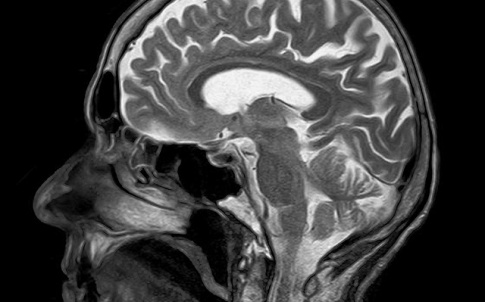
Published in Cancer Research, the work explored how magnetic resonance elastography was able to detect the level of collagen in different tumours in mice, and how this impacted the stiffness of the tissue. The non-invasive technique can be carried out on conventional MRI scanners. By establishing the architecture and density of cancerous growths, doctors should be better placed to deliver more targeted treatments suited to the composition of individual tumours.
AI detects new breast cancer sub-types and treatments
Infrared imaging shines light on biomarkers in cancer cells
The initial studies found that collagen was a key factor for keeping breast and pancreatic cancers stiff and difficult to treat. Conversely, cancers arising from the nervous system, such as brain tumours, were lacking in collagen and were more receptive to some forms of treatment.
"Our research shows that this new type of scan can give valuable diagnostic information about breast and pancreatic tumours non-invasively by assessing their stiffness,” said study co-lead Dr Simon Robinson, team leader in Magnetic Resonance at the Institute of Cancer Research, London.
“If confirmed in a clinical trial, we could use this technique to identify patients most likely to benefit from treatments that target the dense scaffold upon which these tumours grow. It gives us a new way of looking at cancers, and a potential way to monitor new treatments that alleviate tumour stiffness in order to help enhance the efficient delivery and uptake of chemotherapy."
The findings suggest that the scan can monitor the weakening of the tumour structure through drugs designed to break down this extracellular matrix, such as collagenase. The technique could also help identify optimum timelines for treatments such as chemotherapy, by highlighting when a tumour is most susceptible to the drugs.
"Some tumours, like breast and pancreatic, are stiff and dense,” said Cancer Research UK’s Natasha Paton. “Because of this, drugs are unable to reach deep inside the tumour and the cancer becomes harder to treat. Results of this pre-clinical study in mice show that using elastography to measure stiffness alongside standard imaging scans may help doctors deliver treatments more effectively to cancers that are known for their stiffness.
"Specialist imaging techniques have made a huge contribution to improving the way doctors diagnose, monitor and treat people with cancer, and it will be interesting to see if these results can be translated to the clinic."




Poll: Should the UK’s railways be renationalised?
Currently we're in the worst of both worlds, where the nation owns the railways and pays for the infrastructure. We're currently paying £38 billion...